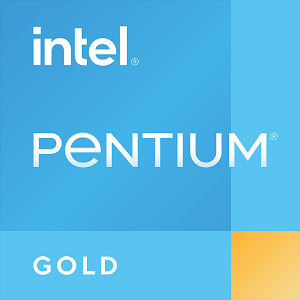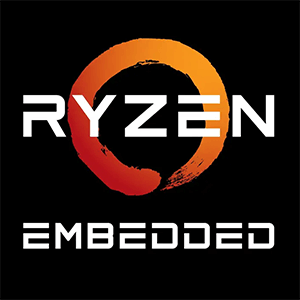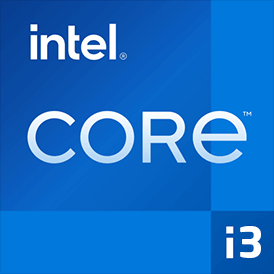Intel Core i7 10700T vs Intel Core i3 12300
We compared two desktop CPUs: Intel Core i7 10700T with 8 cores 2.0GHz and Intel Core i3 12300 with 4 cores 3.5GHz . You will find out which processor performs better in benchmark tests, key specifications, power consumption and more.
Main Differences
Intel Core i7 10700T 's Advantages
Larger L3 cache size (16MB vs 12MB)
Lower TDP (35W vs 60W)
Intel Core i3 12300 's Advantages
Released 1 years and 8 months late
Higher specification of memory (4800 vs 2933)
Larger memory bandwidth (76.8GB/s vs 45.8GB/s)
Newer PCIe version (5 vs 3.0)
Higher base frequency (3.5GHz vs 2.0GHz)
More modern manufacturing process (10nm vs 14nm)
Score
Benchmark
Cinebench R23 Single Core
Intel Core i7 10700T
1265
Intel Core i3 12300
+30%
1656
Cinebench R23 Multi Core
Intel Core i7 10700T
+23%
10151
Intel Core i3 12300
8249
Geekbench 6 Single Core
Intel Core i7 10700T
1421
Intel Core i3 12300
+58%
2247
Geekbench 6 Multi Core
Intel Core i7 10700T
5675
Intel Core i3 12300
+29%
7359
General Parameters
May 2020
Release Date
Jan 2022
Intel
Manufacturer
Intel
Desktop
Type
Desktop
x86-64
Instruction Set
-
Comet Lake
Core Architecture
Alder Lake-S
i7-10700T
Processor Number
-
LGA-1200
Socket
Intel Socket 1700
UHD Graphics 630
Integrated Graphics
UHD Graphics 730
-
Generation
Core i3 (Alder Lake-S)
Package
-
-
-
14 nm
Manufacturing Process
10 nm
-
-
-
25-35 W
Power Consumption
60 W
-
-
-
100 °C
Peak Operating Temperature
-
-
Foundry
Intel
-
Die Size
163 mm²
-
-
-
-
-
-
-
-
-
CPU Performance
8
Performance Cores
-
16
Performance Core Threads
-
2.0 GHz
Performance Core Base Frequency
3.5 GHz
4.5 GHz
Performance Core Turbo Frequency
4.4 GHz
-
-
-
-
-
-
-
-
-
-
-
-
8
Total Core Count
4
16
Total Thread Count
8
100 MHz
Bus Frequency
100 MHz
20x
Multiplier
35
-
-
-
64 K per core
L1 Cache
80 KB per core
256 K per core
L2 Cache
5 MB
16 MB shared
L3 Cache
12 MB
No
Unlocked Multiplier
No
-
-
-
-
-
SMP
1
-
-
-
-
-
-
Memory Parameters
DDR4-2933
Memory Types
DDR4-3200, DDR5-4800
128 GB
Max Memory Size
128 GB
2
Max Memory Channels
2
45.8 GB/s
Max Memory Bandwidth
76.8 GB/s
No
ECC Memory Support
No
Graphics Card Parameters
true
Integrated Graphics
true
350 MHz
GPU Base Frequency
300 MHz
1200 MHz
GPU Max Dynamic Frequency
1450 MHz
192
Shader Units
-
24
Texture Units
-
3
Raster Operation Units
-
24
Execution Units
24
15 W
Power Consumption
-
4096x2304 - 60 Hz
Max Resolution
-
0.38 TFLOPS
Graphics Performance
-
AI Accelerator
-
-
-
-
-
-
Miscellaneous
3.0
PCIe Version
5
16
PCIe Lanes
20
-
-
-
-










